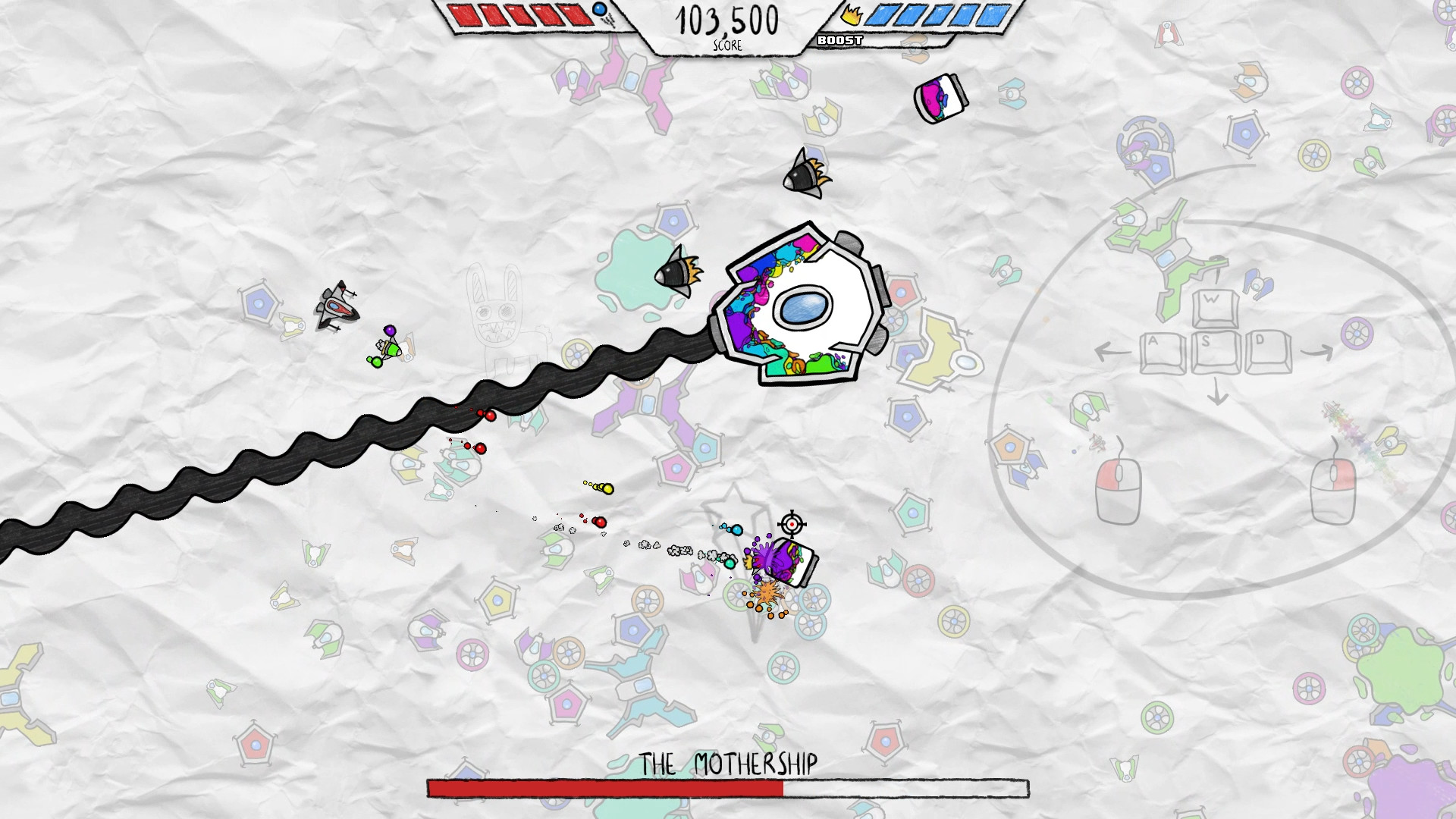Scribbles is a great new app for OS X driven machines. The use of the OS X core to create such a powerful yet simple drawing device is another win for Brichter. The OS X core empowers the system to render smooth appealing strokes, making even the most rough-edged attempts appear acceptable. The App Store is macOS's digital distribution platform for macOS apps, created and maintained by Apple Inc. The platform was announced on October 20, 2010, at Apple's 'Back to the Mac' event. First launched on January 6, 2011, as part of the free Mac OS X 10.6.6 update for all current Snow Leopard users, Apple began accepting app submissions from registered developers on November 3, 2010, in.
- QuickTime® 7, the latest version of Apple’s standards-based media player, with H.264 support, live video resizing, zero-configuration streaming and extensive surround sound;
- Mail 2, a dramatically enhanced new version of the Mac OS X built-in Mail application with a new user interface, Spotlight searching, .Mac syncing and full screen slideshow;
- iCal® 2, with support for birthday calendars, calendar groups, improved printing and Spotlight and Automator functions;
- Font Book 2, the updated font management utility included in Mac OS X that now supports libraries for installing fonts anywhere on the system or network; and
- a completely new .Mac sync preference using Xsync, a new sync engine built into Mac OS X that enables .Mac subscribers to automatically synchronize their Safari bookmarks, iCal appointments, Address Book contacts, Keychain passwords and Mail settings across multiple computers.
- native 64-bit application support to take advantage of the increased performance unleashed when accessing massive amounts of memory, while still running side-by-side with existing 32-bit applications;
- Core Image and Core Video to provide the foundation for new image and video processing applications;
- Xgrid™, Apple’s easy-to-use distributed computing software;
- improved Windows compatibility to make it even easier for Mac OS X users to access a Windows-based home directory and authenticate against Microsoft’s Active Directory;
- major advances to the open standards UNIX-based foundation including an updated state-of-the-art kernel with improved SMP scalability, 64-bit virtual memory, Access Control Lists, GCC 4.0 and modernized network services; and
- Xcode™ 2, the latest version of Apple’s powerful suite of developer tools, designed to make it even easier and faster to build innovative Mac OS X applications.
Mac OS X version 10.4 “Tiger” will be available on April 29 beginning at 6:00 p.m. at Apple’s retail stores and through Apple Authorized Resellers for a suggested retail price of $129 (US) for a single user license. Visitors to the Apple Store® (www.apple.com) can pre-order copies of Tiger beginning today. The Mac OS X Tiger Family Pack is a single-residence, five-user license that will be available for a suggested retail price of $199 (US). Volume and maintenance pricing is available from Apple. The standard Mac OS Up-To-Date upgrade package is available to all customers who purchase a qualifying new Mac system from Apple or an Apple Authorized Reseller on or after April 12 for a shipping and handling fee of $9.95 (US). Tiger requires a minimum of 256MB of memory and is designed to run on any Macintosh computer with a PowerPC G5, G4, or G3 processor and built-in FireWire®.
Anuj Nayar
Apple
(408) 974-8388
anuj@apple.com
Apple, the Apple logo, Mac, Mac OS, Macintosh, Spotlight, iTunes, Safari, iCal, QuickTime, Xcode, Xgrid, Apple Store and FireWire are trademarks of Apple. Other company and product names may be trademarks of their respective owners.
Developers can start building apps today and first system ships by year’s end, beginning a two-year transition
Scribble Ships Mac Os X
Family of Mac SoCs to Deliver Powerful New Features and Best-in-Class Performance
Scribble Ships Mac Os X
macOS Big Sur Enables Transition to Apple Silicon
Quick Start Program Lets Developers Get Started Today
Images of Developer Software

Press Contacts
Jennie Orphanopoulos
Apple
(408) 221-6621
Apple Media Helpline
(408) 974-2042